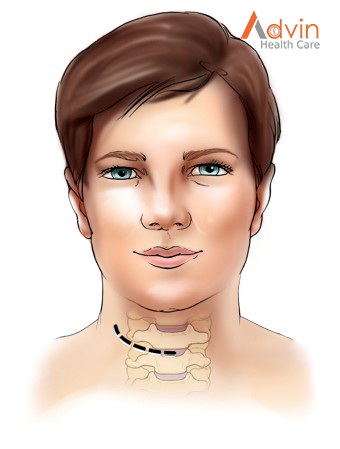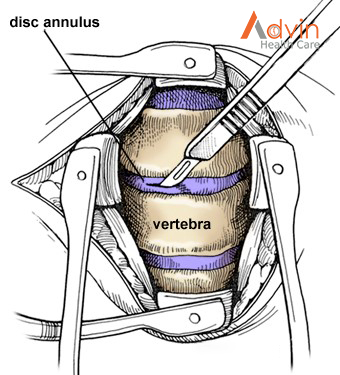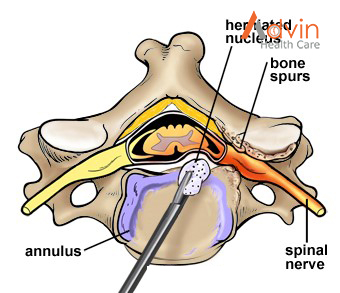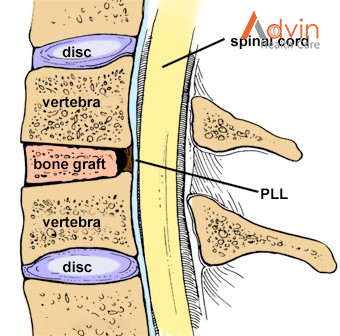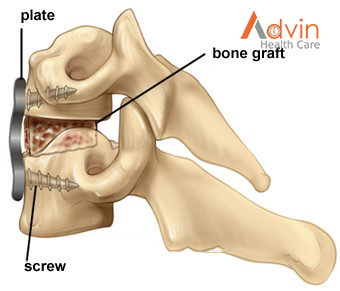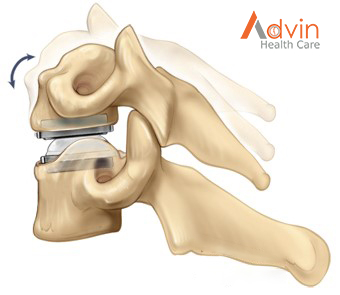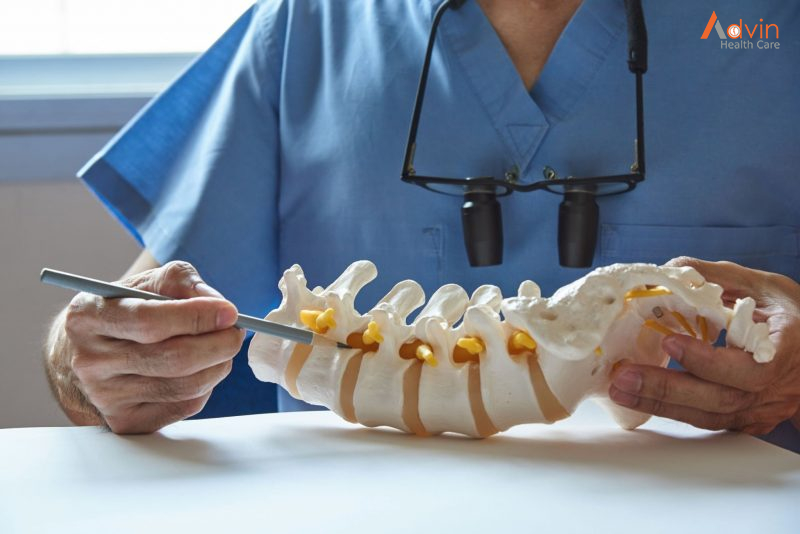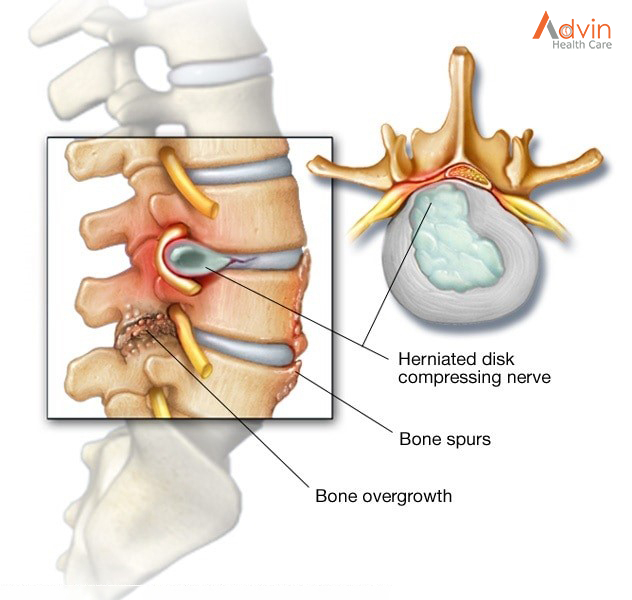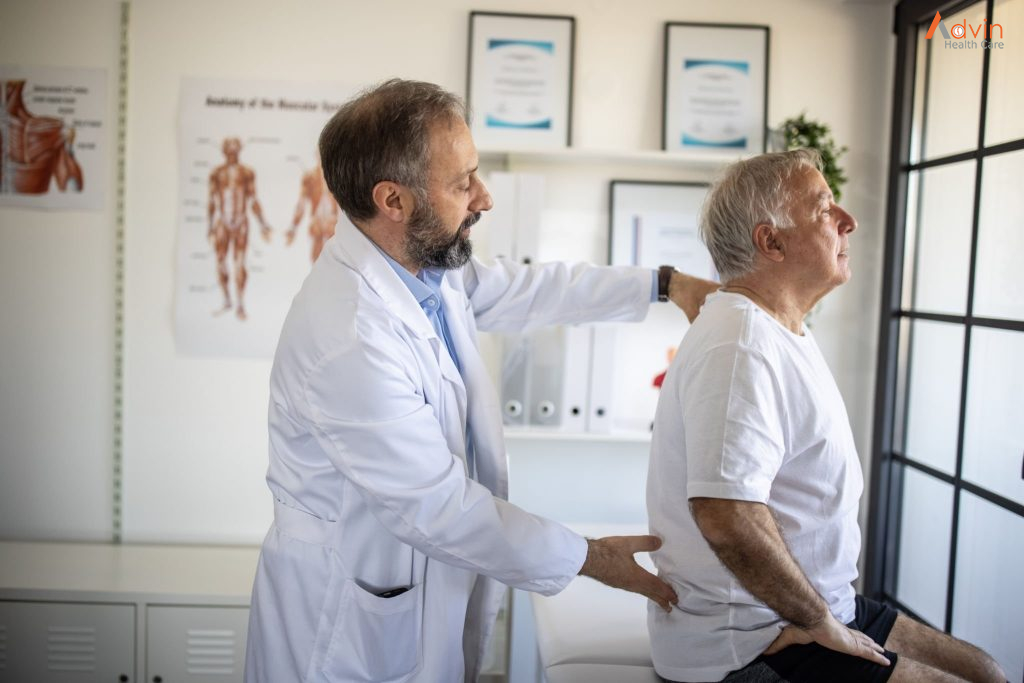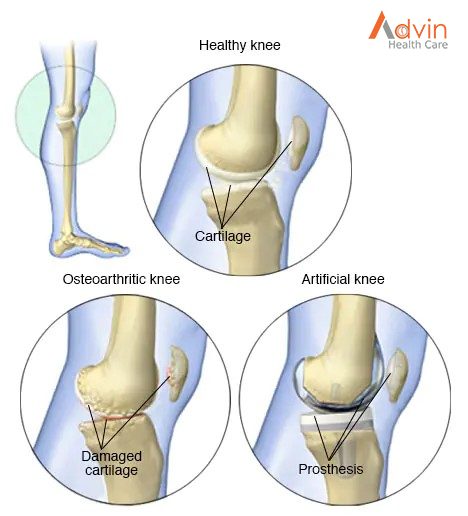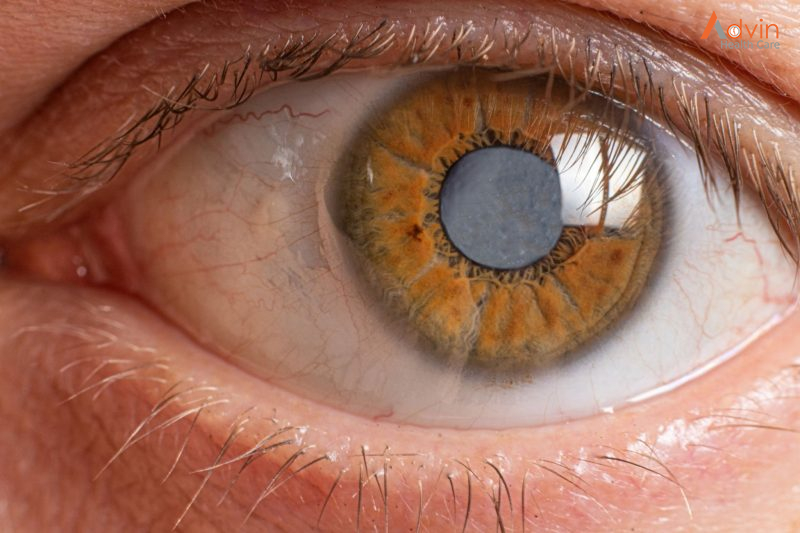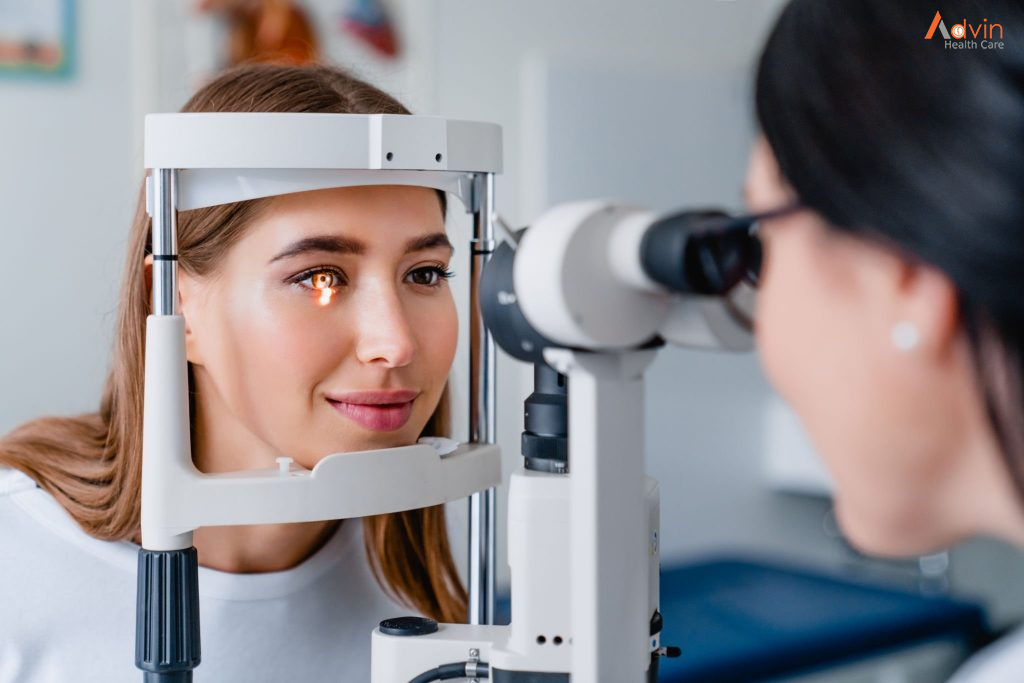Fallopian tube recanalization (FTR) is a therapeutic procedure performed to open an obstructed fallopian tube by passage of a guidewire and catheter through a proximal fallopian tube obstruction. The equipment and techniques used for FTR are extensions of catheter interventions used in angiography.
Fallopian tubes are the thin tubes in the uterus which helps in leading the mature eggs from the ovaries to the uterus. Obstruction in the Fallopian tube will prevent the egg from travelling down the tube. This condition is what is called fallopian tubal blockage which causes infertility in women. About 40% cases of infertility are caused due to this tubal blockage. It is also known as tubal factor infertility. Tubal recanalization or Fallopian tube recanalization is to remove the blockage in the fallopian tubes.
These fine tube-like structures or fallopian tubes connect the uterus and the ovaries. The eggs develop in the ovaries and travel through the fallopian tubes. They meet the sperm and fertilize in the fallopian tubes. Blockage in the tube prevents this action and whereby prevents pregnancy. Inflammation and infections of the tube is seen as the main cause for the tubal blockage. Other causes of fallopian tubal blockage can be sexually transmitted infection such as chlamydia or gonorrhea, infections caused by abortion or miscarriage, history of ectopic pregnancy, endometriosis, previous abdominal surgery etc.
Fallopian tube recanalization is all about reopening the tube to remove the blockage. During the procedure, a speculum will be placed into the vagina. A small plastic tube called a catheter will be passed through the cervix into the uterus. This procedure can be done under laparoscopic guidance or alternatively through the catheter, a liquid contrast agent will be injected. The blockage will be identified through the image shown on the screen using and X-ray camera. The fallopian tube is then opened using a small catheter threaded through the previous catheter. Through this procedure, blockages can be removed and normal function can be rebuilt.
What are fallopian tubes?
The fallopian tubes are important for female fertility. They are the passageways for the eggs to travel from the ovaries to the uterus. During conception:
- The ovary releases an egg, which travels into the fallopian tube.
- Sperm travels into the fallopian tubes to fertilize the egg.
- The resulting embryo is nourished and transported to the uterus where the pregnancy continues.
A common cause of female infertility is a blockage of the fallopian tubes, usually as the result of debris that has built up. Occasionally, scarring from surgery or serious infection can lead to a blockage as well.
What happens during a fallopian tube recanalization?
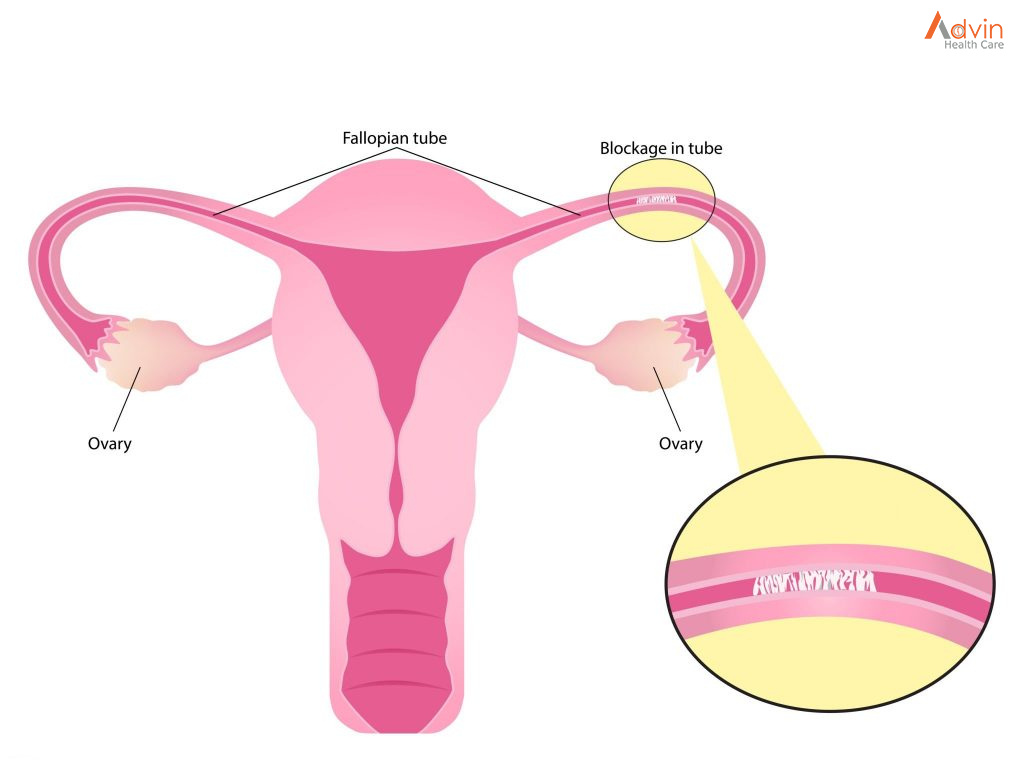
Fallopian tube recanalization (FTR) is a nonsurgical procedure our interventional radiologists use to treat these blockages. Recanalization is the medical term for “reopening.”
During the procedure, which does not require any needles or incisions, we will:
- Place a speculum into the vagina and pass a small plastic tube (catheter) through the cervix into the uterus.
- Inject a liquid contrast agent (sometimes called a dye, although nothing is stained) through the catheter.
- Examine the uterine cavity on a nearby monitor using an X-ray camera.
- Obtain a hystero-salpingogram or HSG. Literally, that means a “uterus-and-fallopian-tube-picture.”
- Determine if there is a blockage and if it is located on one or both fallopian tubes.
- Thread a smaller catheter through the first catheter and then into the fallopian tube to clear the blockage.
Preparation for the FTR procedure
Two days before your procedure, your gynaecologist will prescribe an antibiotic called Doxycycline to be taken twice a day, which you will continue up to and after your procedure for two more days. Since FTR is sometimes uncomfortable (though usually much less than a hysterosalpingogram, owing to much more delicate equipment being used), an intravenous line is placed prior to the procedure. Short-acting medications will be given for relaxation and pain relief. For this reason, you will be instructed to not eat anything after midnight the night before. You will also be asked to take Ibuprofen 400 mg (2 pills) the night before and the morning of your procedure.
Procedures details
Infertility is defined as the inability of a couple to conceive after one year of un- protected sex. One other common causes of infertility is blocks in the fallopian tube. Till recently this problem required microsurgery and results after surgery was never good. Over the recent years interventional radiology techniques have been extended to remove these blocks. The procedure is done under mild sedation and the patient is discharged after a few hours.
Fallopian tubes are fine little tubular structures that connect the uterus to the ovary. Once an ovum is mature it travels along the fallopian tube and it is here that fertilization takes place. Thus a block in these tubes makes fertilization impossible.
These blocks can be secondary to an infection like tuberculosis or a mucous plug. If it is a mucous plug, then removing this block can easily be achieved by passing a flexible soft wire through the blocked segment.
The procedure is normally performed on the eighth ninth or 10th day of a woman’s menstrual cycle. This is to enable pregnancy to take place in the first cycle following recanalization.
The procedure involves passing a small (sheath) tube into the uterine cavity through the vagina. This may cause mild discomfort. Through the sheath another smaller tube is passed into the uterine cavity and the opening to the fallopian tube intubated with the help of a guidewire. A brisk injection of contrast is made into the opening to flush out debris if present. If this procedure fails than the occluded segment is gently manipulated with a guidewire and the block removed.
Recanalization of these tubes is successful in close to 90% of the patients who present with cornual blocks [proximal 2 cm of the fallopian tube]. Blocks in other parts of the fallopian tube are secondary to infection and cannot be opened. It is also important to know that fallopian tubes may have disease outside usually due to adhesions. These have to be ruled out by a laparoscopy before a patient is taken up for fallopian tube recanalization.
Close to 40% of the patients who undergo successful tubal recanalization conceive within the first 6 months. However, it is important that the male partner is fully investigated and all abnormalities corrected before this procedure is taken up.
Tubes that have been recanalized may occlude again and then the procedure can be repeated.
Following the procedure, the patient may have mild cramps and little bleeding for a few days. However, all patients are encouraged to resume normal activities and have a normal sexual relationship with the husband.



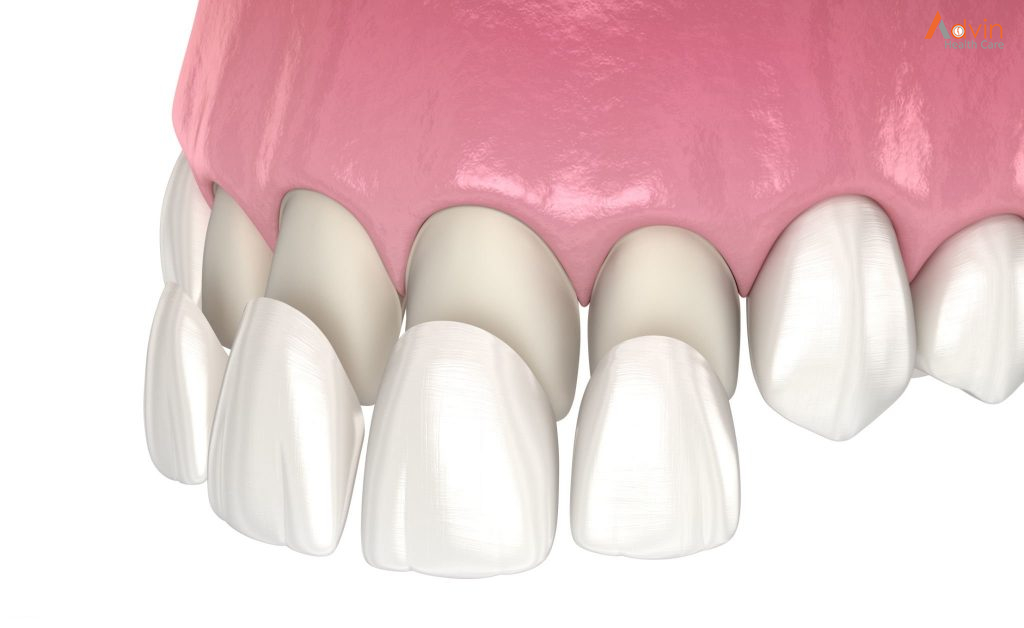
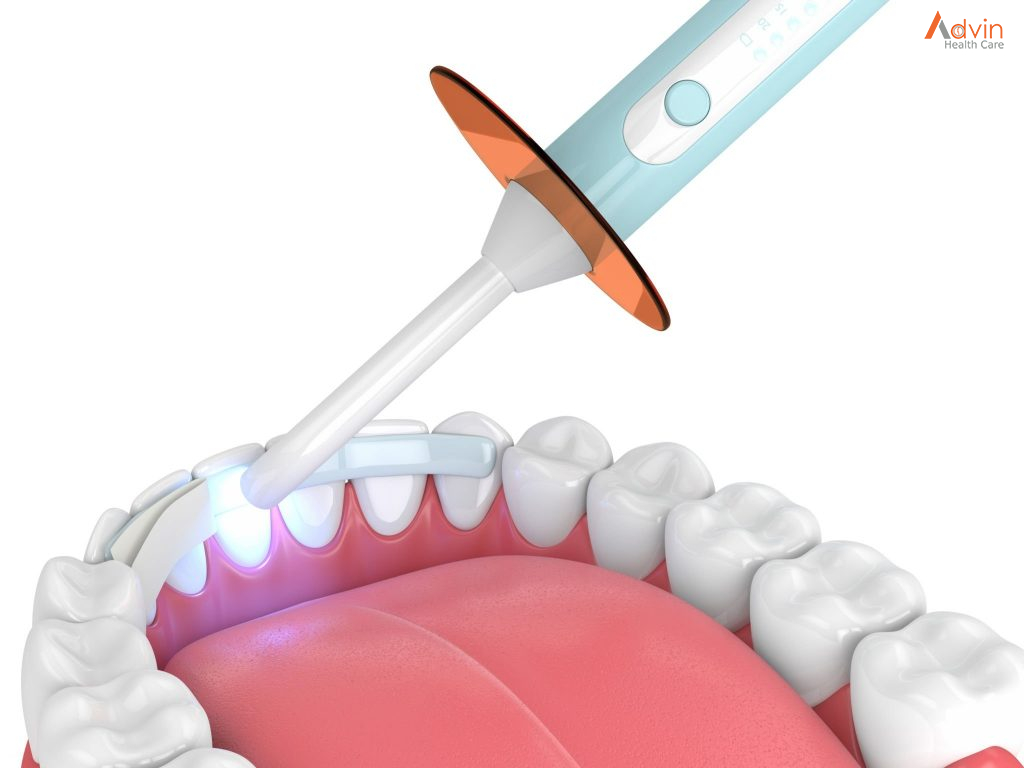




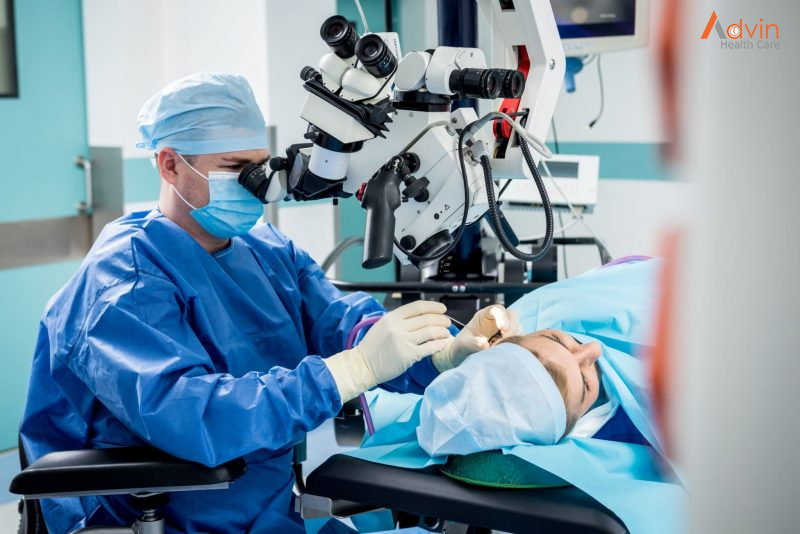
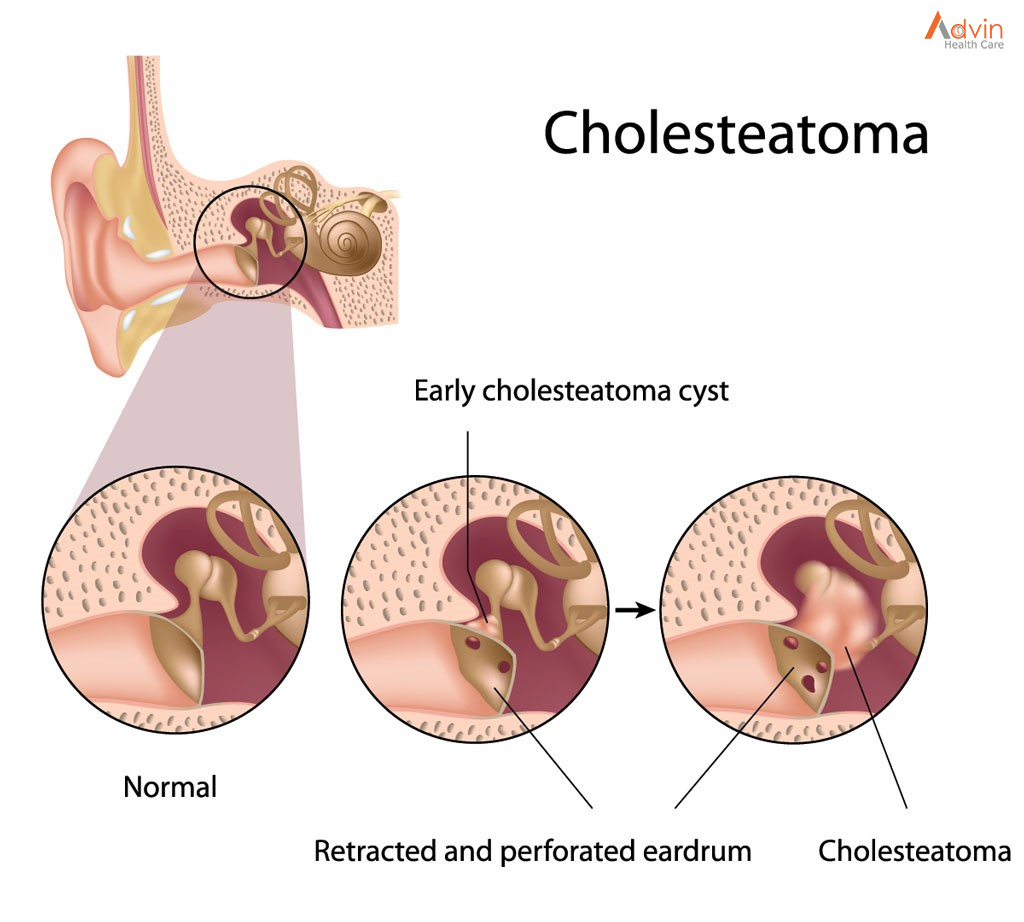
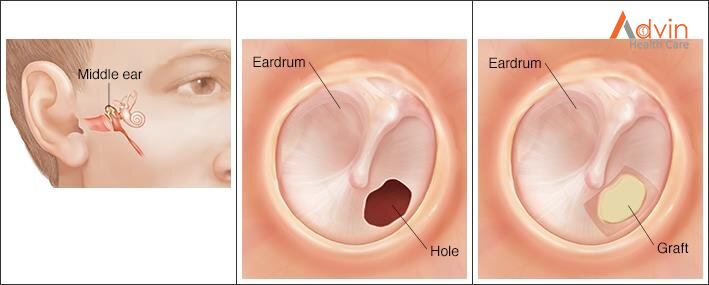


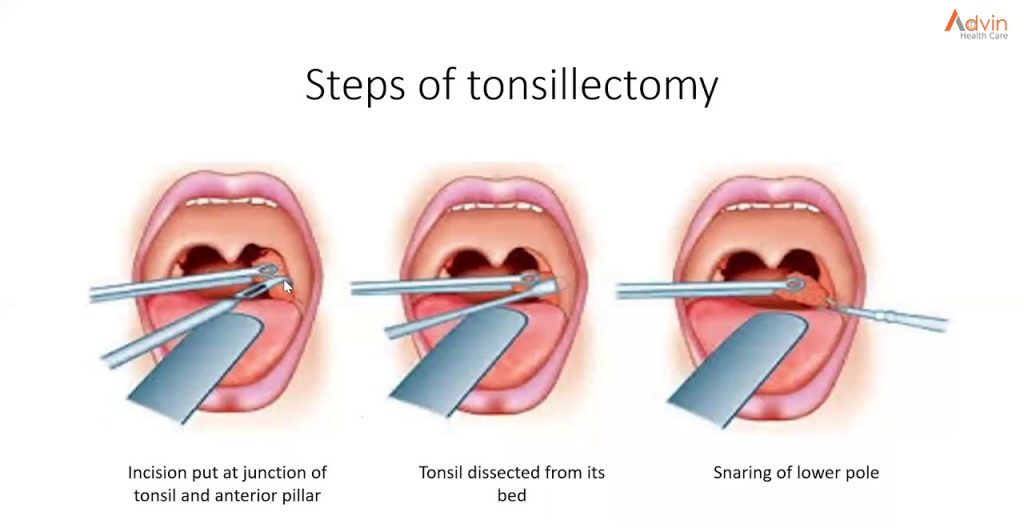


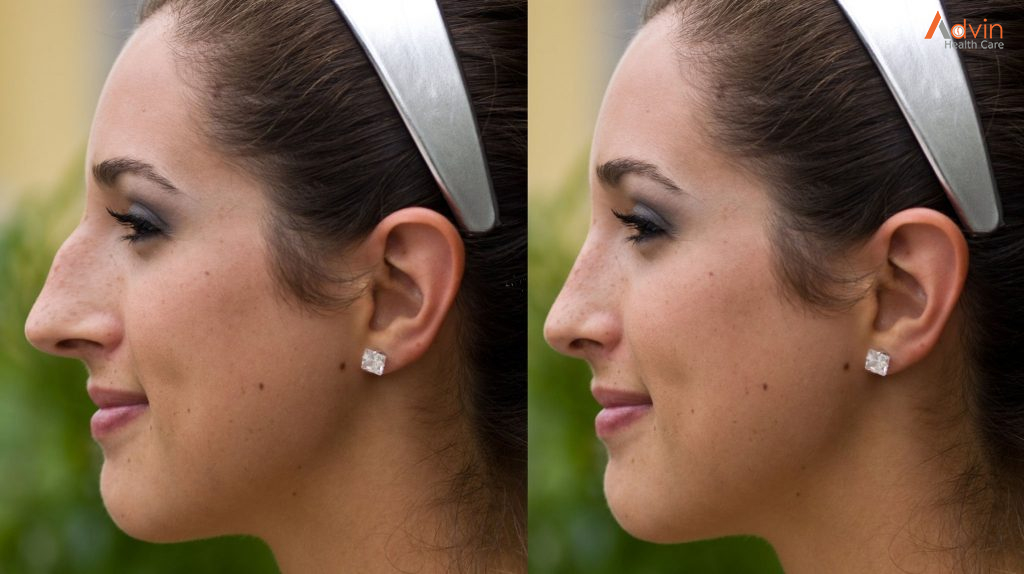 People get rhinoplasty to repair their nose after an injury, to correct breathing problems or a birth defect, or because they’re unhappy with the appearance of their nose.
People get rhinoplasty to repair their nose after an injury, to correct breathing problems or a birth defect, or because they’re unhappy with the appearance of their nose.

